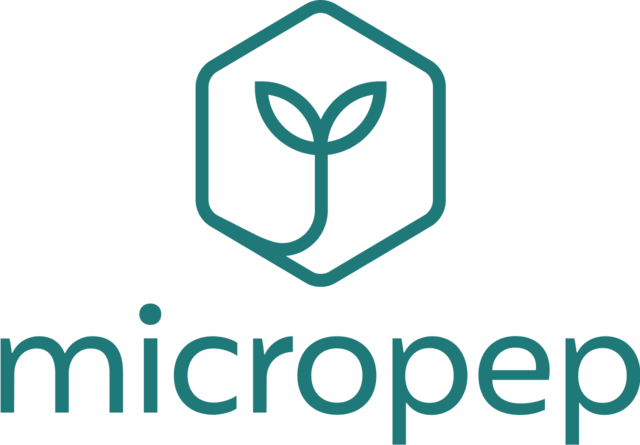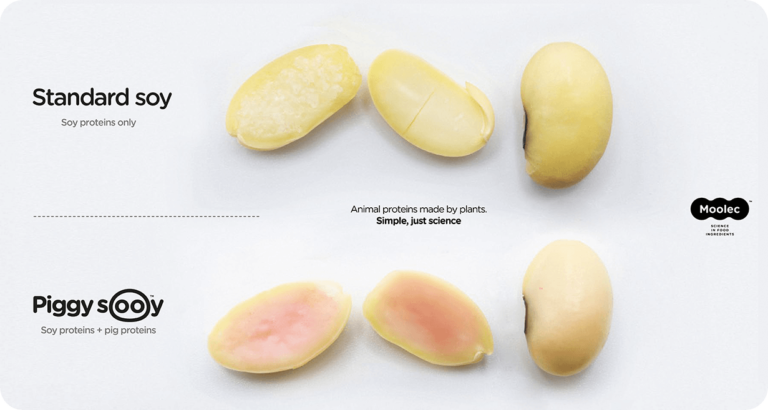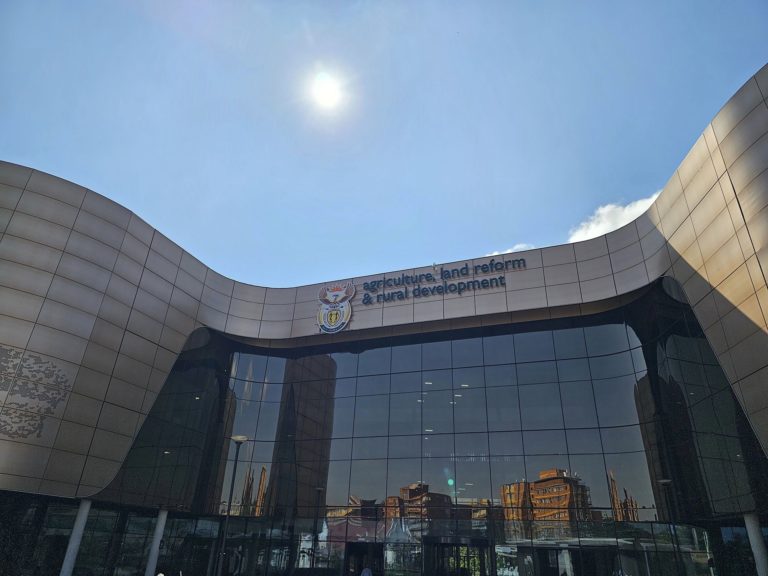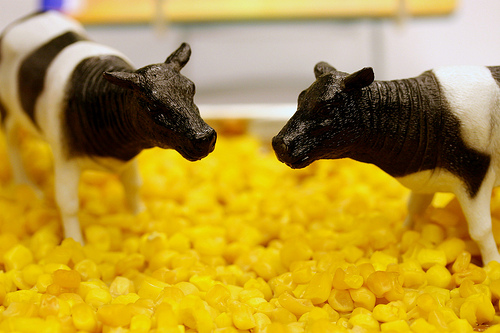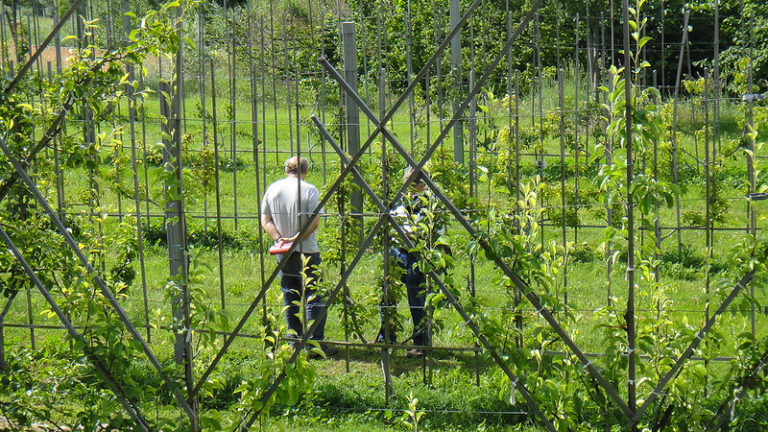Actualités
GMO cultivation drops in EU, except in Spain and Portugal
In the European Union, only eight countries (out of 27) commercially grow GMOs. Cultivations, however, decreased steadily since 2009, except in Spain and Portugal this year, where there is a slight increase. A brief overview of the different official data is collected below [1]
In Spain and Portugal, plantings of genetically modified Bt maize has increased slightly between 2010 and 2011. These two countries grow over 90% of transgenic crops in the European Union.
In other countries, the trend is consistent with what was found in February 2011 — that of a significant reduction of land devoted to transgenic crops, either Monsanto’s Bt Mon810 corn, or BASF’s Amflora potato.
In 2011, and assuming that the surfaces in Bt corn in Poland, Slovakia and Czech Republic have not changed since 2010, GMO cultivation reached a total of 114,229 hectares in the EU, an increase compared to 2010 (82,250 hectares or 91,099 according to the figures chosen for Spain), clearly related to the increase in Spain and Portugal, as other countries have had their surfaces decrease.
In Romania, despite the support of GMOs on the part of government authorities, Bt corn cultivation declined further in 2011, from 823 hectares in 2010 to only 600 hectares (588), according official data published by the Romanian Ministry of Agriculture. This shows a significant decline since 2008, when more than 6000 hectares were planted with Bt corn.
In “Romania – Trojan Horse for GMOs in Europe,” written in partnership with Inf’OMG, our Romanian colleague, we explained this lack of enthusiasm for transgenic corn. MON810 is genetically modified to produce an insecticide against the corn borer Ostrinia nubilalis, a parasite that does not have a significant presence in Romania. The GM corn is not really of interest to Romanian farmers. In addition, the NGO Green Agent says that in 2007, in County Lasi, MON810 endured a very serious drought.
Swedish official figures also support the conclusion of a significant decline in Amflora GM potato cultivation. This is the second year that these potatoes are allowed to be cultured, and already the surfaces appear to be extremely small. All of the GM surfaces in Sweden reached only 25 hectares, spread over four areas (as against 103 hectares in 20 fields in 2010).
Germany, again, the area cultivated with GM fell sharply, to be reduced to an area of 2 hectares … against 15 hectares in 2010 (a decrease of 87%, demonstrating in passing that the figures may be misleading: it has indeed been enough that one or two farmers changed their mind to cause this drop …). Trials of GM crops represent this year, slightly less than 7.4 hectares.
According to the website of the German Ministry of Agriculture, the Czech Republic would not have grown potato Amflora in 2011.
Asked by Inf’OGM, the Czech Ministry of Agriculture announced he had not yet published the official data for 2011. Still, the MON810 has been cultivated in this country. Similarly, in Slovakia and Poland, we have not been able to obtain official data.
[1] Cette traduction a été réalisée par le site Food Freedom







